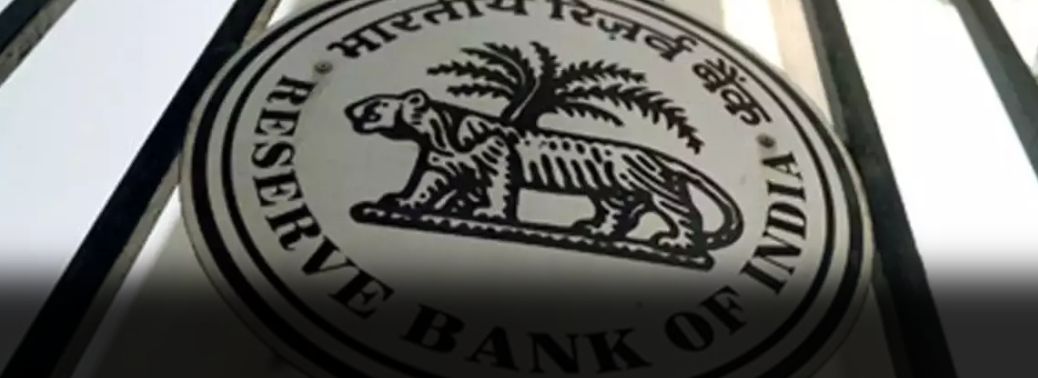Banks may set Repo Rate as Benchmark
26, Feb 2019

Prelims level : Economy
Mains level : Indian Economy and issues relating to planning, mobilization, of resources, growth, development and employment.
In News:
- Most commercial banks in India are likely to select RBI’s repo rate as the external benchmark to decide their lending rates, from April 1. The repo rate is the key policy rate of the Reserve Bank of India (RBI).
Explained:
- The banking regulator had asked the banks to move to an external benchmark for loan pricing from April 1, a move expected to improve monetary transmission as lenders had, in the past, been found reluctant to reduce lending rate. Banks had four options from which to choose the external benchmark: the repo rate, the 91-day treasury bill, the 182-day T-bill or any other benchmark interest rate produced by the Financial Benchmarks India Private Ltd (FBIL).
- The marginal cost of fund-based lending rate (MCLR) is currently the benchmark for all loan rates. Banks typically add a spread to the MCLR while pricing loans for homes and automobiles.
- For the new benchmark, the central bank has mandated that the spread over the benchmark rate — to be decided by banks at the inception of the loan — should remain unchanged through the life of the loan, unless the borrower’s credit assessment undergoes a substantial change and as agreed upon in the loan contract.
- If the lending rates are linked to the repo rate, any change in the repo rate will immediately impact the home and auto loan rates, since RBI has mandated the spread to remain fixed over the life of the loan.
- Many banks have opposed the move to shift to a new external benchmark for loan pricing on grounds that their cost of funds is not linked to these benchmarks and that without a fall in the costs, it would not be possible to change the rates.






